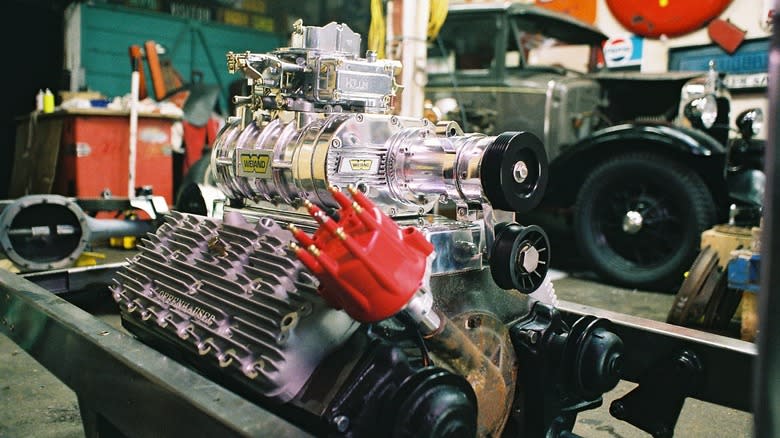
Gearheads chase horsepower like it's a search for the Holy Grail. Anything and everything that can make a car go faster, we will try, including slapping an engine-driven air pump under the hood. Or, in the case of a Blower Bentley, mounting it in front of the radiator under the headlights. Heck, we'll supercharge a wheelbarrow if we can get away with it.
Superchargers and blowers are a brilliant solution for improving horsepower numbers without making vast internal changes to an engine. Assuming the rotating bits are strong enough to handle the added grunt, the fuel system can keep up, and the heads can support the added airflow, a supercharger is like a cheat code for extra vehicular violence. What's even more fun is there are multiple types of superchargers, each with their own quirks and pros/cons. Just as manufacturers have experimented with a breadth of engine types, from massive pushrod V8s to high-revving overhead cam V12s, so too are there different styles of air cramming power adder.
Whether you want a centrifugal, roots, or twin-screw supercharger depends on the torque curve you want, the efficiency you're looking for, packaging concerns, how much parasitic drag your engine can handle, and even the noise you prefer. Before digging into the differences between the various types, let's go over why superchargers work in the first place.
Read more: These V6 Engines Put The LS1 V8 To Shame
Why Supercharging Is Awesome And Everyone Loves It
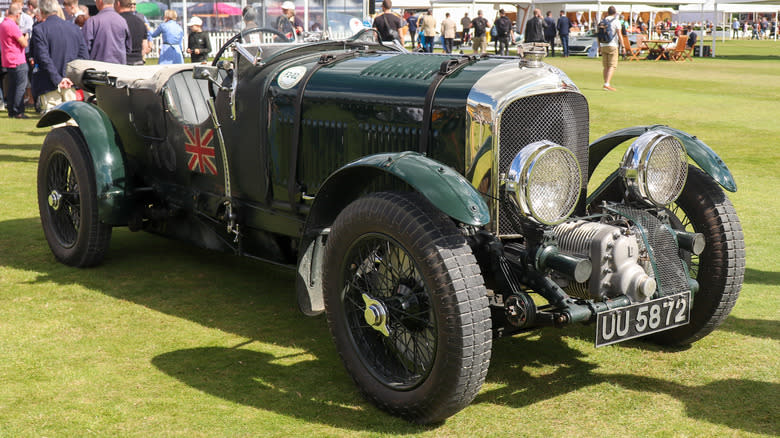
Oxygen allows for controlled explosions that cars turn into tire-destroying burnouts, so more is better. Unfortunately, oxygen only comprises about 21% of our atmosphere, meaning we have to shove lots of air into the cylinders to maximize oxygen's combustible nature. To increase oxygen inhalation, engine designers can play with a few parameters. They can increase the engine's displacement, for instance, which is how we get stupidly large engines.
You think your 8.0-liter Dodge Viper V10 is big? The 1909 Blitzen-Benz's inline-four is 21.5 liters. It made 200 hp, but needed pistons the size of beer kegs to do it. High compression ratios boost thermal efficiency and make igniting the fuel/oxygen mix more effective, which is why Chrysler gave its top-tier Max Wedge a black hole inducing 13.5:1 ratio. Knock will happen without expensive high octane fuel, but we want power, fuel costs be darned.
Other factors, such as port shapes, number, and size of valves, camshaft lift and duration, and fuel delivery method (i.e., fuel injection, carburetor, etc.) also impact power, but a shortcut to increasing oxygen content is just strapping on a supercharger. With "forced induction," i.e., the engine gets more air whether it likes it or not, the oxygen content can just about double, yielding horsepower improvements of 30%, 40%, or more. Since moving and compressing air creates heat, superchargers benefit from intercoolers. Whether roots, screw, or centrifugal, cooling your supercharger will improve power, efficiency, and reliability.
Going Back To Our Roots
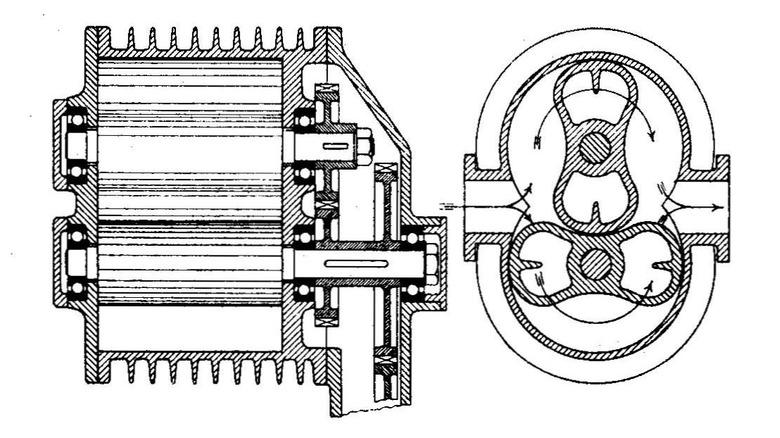
The roots of the roots blower are not in engine development, but water wheel design. Philander and Francis Roots invented a device with two lobed impellers that act like germaphobic gears who still appreciate each other's company, meaning they don't actually touch, but are willing to get close. By spinning them in opposite directions away from top center, these impellers move high volumes of air, as the brothers discovered when it blew off one of their hats during a test. If only they'd lived to see their roots-style blower become a PC cooling device.
For the 1939 2-stroke Detroit Diesel 71-series engines, GMC adopted roots blowers to facilitate combustion rather than performance. In Detroit Diesel naming conventions, the first number is the quantity of cylinders, and the 71 is the cubic inch displacement of each cylinder. So, a 6-71, for example, has 426 cubic inches of displacement, and blower size increases or decreases depending on engine size. The most common are 3-71, 4-71, 6-71, and 8-71. Aftermarket blowers go even larger, spanning 10-71 to 14-71, but the names no longer reference specific GMC engines.
The advantages of roots blowers are their instant boost, high air volumes, and reliability. Disadvantages include their loud noise, weight, size, thermal inefficiency, and high power requirements. Yeah, they take horsepower just to operate. Top Fuel dragster 14-71 blowers need up to 1,000 hp to spin, though they compensate by helping the engines reach 8,000 hp or more.
Let's Take The Centrifugal Supercharger For A Spin
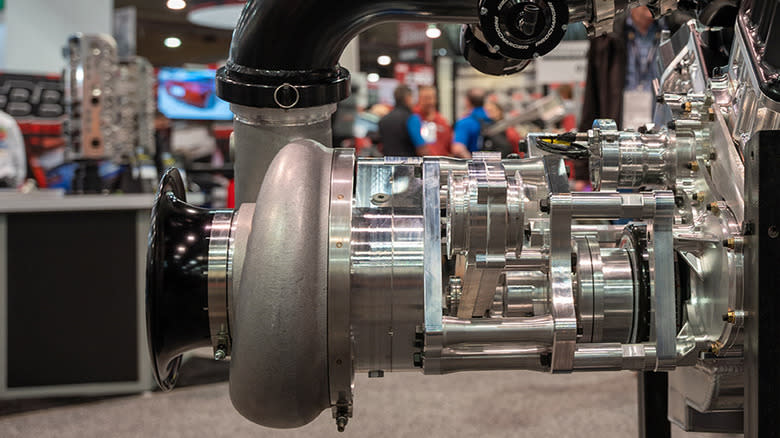
While roots and screw-type blowers are "positive displacement," meaning every turn of the rotors displaces set amounts of air, increasing torque equally across the rev range, centrifugal superchargers are not and do not. Rather, they are "continuous flow," producing steeper torque curves as rpms climb. In centrifugal superchargers, there's a single fan-type impeller pulling air in and hurling it around the inside of the snail-like case and through the outlet toward the intake. It's basically a turbo that it doesn't run on exhaust gas, but from a belt off the engine's crankshaft or an electric motor.
Louis Renault, founder of Renault automobiles, patented the centrifugal supercharger in 1902. Today, Renault is mostly associated with a deathly-ill Nissan alliance and Carlos Ghosn shenanigans. But Louis Renault deserves credit for his innovations, which also includes the direct drive gearbox. In 1908, a centrifugal supercharger saw duty on the Chadwick Six, which reached a shocking speed of more than 100 mph. Plenty of cars have factory-installed centrifugal superchargers, including the monstrous 400 hp Duesenberg SSJ, Ford's 300-340 hp D-Code Paxton-McCulloch equipped Thunderbirds, and Koenigsegg's twin-centrifugal supercharged CCX.
Aftermarket centrifugal supercharger kits from manufacturers such as Procharger and Vortech are available for just about anything, from L98 Corvettes to Mitsubishi Pajeros. The advantages of centrifugal superchargers are superior efficiency, flexible packaging options, and less heat directly applied to the engine. The main disadvantage is that it doesn't provide much boost until higher rpm.
The Turn Of The Twin-Screw
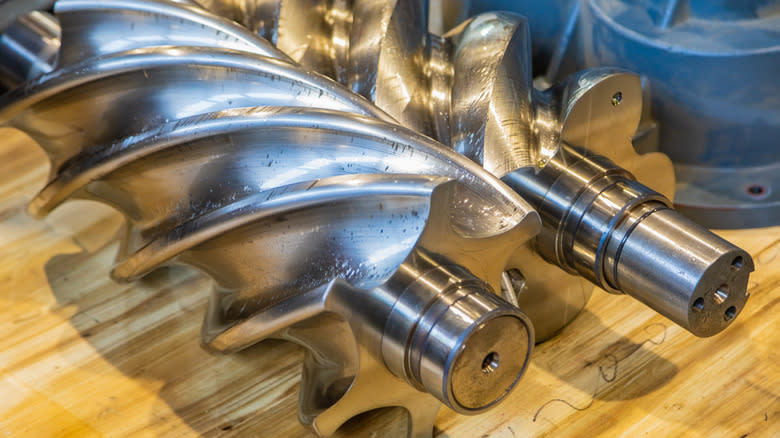
Twin-screw blowers are also called "Lyshom blowers" after Alf Lysholm, the Swede who invented them. Well, they were actually invented by a German, Heinrich Krigar, who patented the design in 1878. It's just that the technology to machine the complex rotors didn't exist, so he never produced them. Fast-forward about 50 years, and Alf Lysholm (no relation to ALF) improves Krigar's design for his bosses at Svenska Rotor Maskiner (SRM).
Like Roots' roots blower, Lyshom's Lyshom blower wasn't intended for automotive use, but for gas and steam turbine applications. Unlike roots blowers, Lysholm supercharger impellers spin toward the top center. Also, though roots-style impellers are identically shaped, the two rotors in a Lysholm supercharger are quite different. One rotor looks kind of like an uncut, twisted fidget spinner extrusion, and the other rotor is shaped more like a spindly starfish. These two rotors fit together neatly, but, like roots blowers, do not make contact. Also, while roots blowers don't compress air inside their cases, but rather transfer air from one location to another, twin-screw superchargers do compress the air.
The advantages of twin-screw blowers are increased efficiency, lower heat, and faster boost delivery than roots blowers thanks to the compression effect, which you can test for yourself when you boost your Mustang to 810 Whipple-provided, Ford-sanctioned horsepower. The disadvantages are that they still require more space and have more parasitic drag than centrifugal blowers, and are comparatively expensive and complex.
Blowers That Go Off The Beaten Path
Let's look at some less common supercharger designs. First up is a rare one from Latham called the Axial Flow Supercharger. It uses a series of fan blades to push air and spins quite fast, around 30,000 rpm. While original Latham superchargers are quite rare and were only made from 1956 to 1965, Axial Flow Engineering produces a new version of the unit.
There's also the scroll-type or G-Lader supercharger. If you have a supercharged Volkswagen Corrado, this is likely what you have. Yeah, you might have forgotten there even was a factory supercharged Corrado. The single rotating lobe is shaped like a spiral, and rather than spinning like it's trying to hypnotize you, it rotates inside a stationary spiral like it's an out-of-balance tire. Just watch this Thomas Schwenke animation and you'll get it.
Finally, pressure wave superchargers are delightfully complicated and are best understood with an engineering degree. So, as a gear drives the main rotor, fresh air comes in to the rotor inlet from one tube, which is drawn in thanks to the expansion of exhaust gases. These gases then pass to the back of the rotor and out an exhaust flange. Meanwhile, pressurized fresh air gets piped to the engine's intake, then the combustion chamber. Exhaust gases come out of the combustion chamber back to a rotor inlet, where it helps drive the rotor. If you can't picture it (I can't), check out this research paper at ResearchGate.
Want more like this? Join the Jalopnik newsletter to get the latest auto news sent straight to your inbox...
Read the original article on Jalopnik.
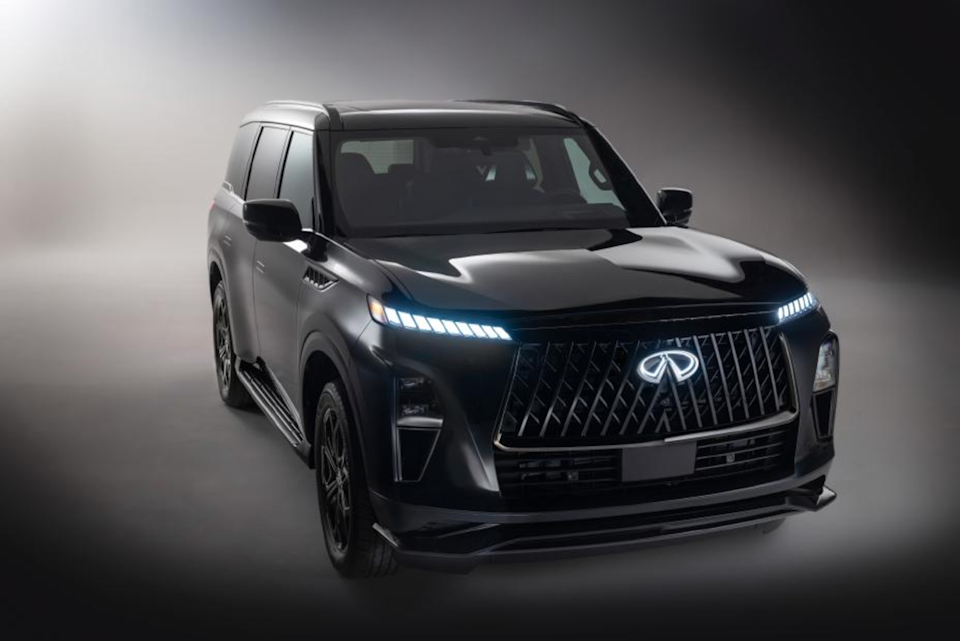

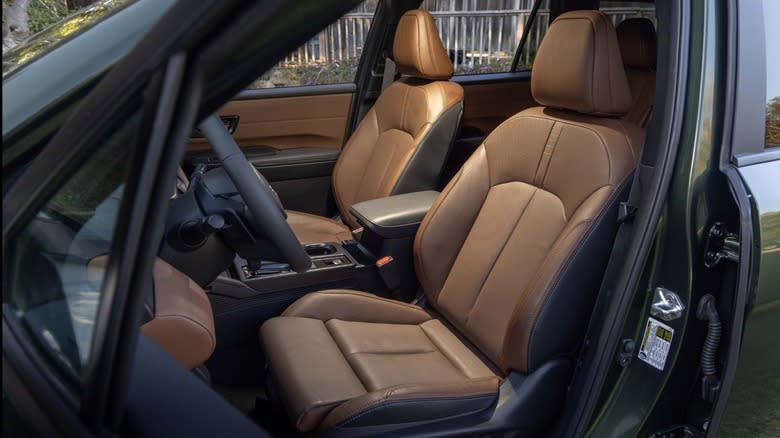


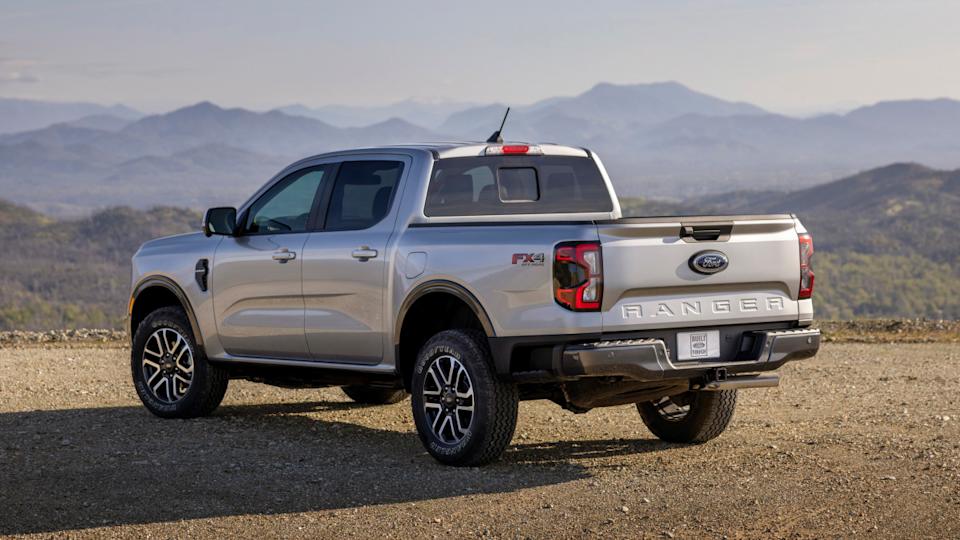
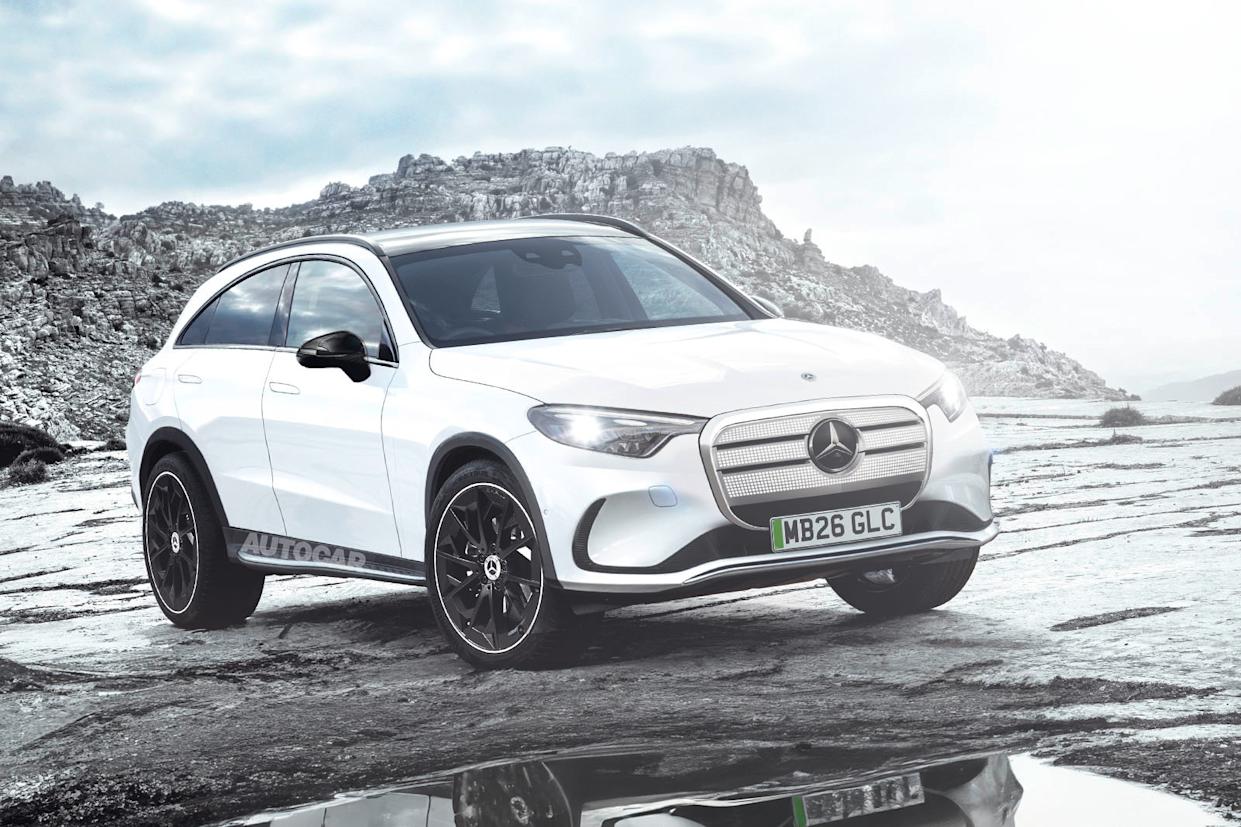
Comments